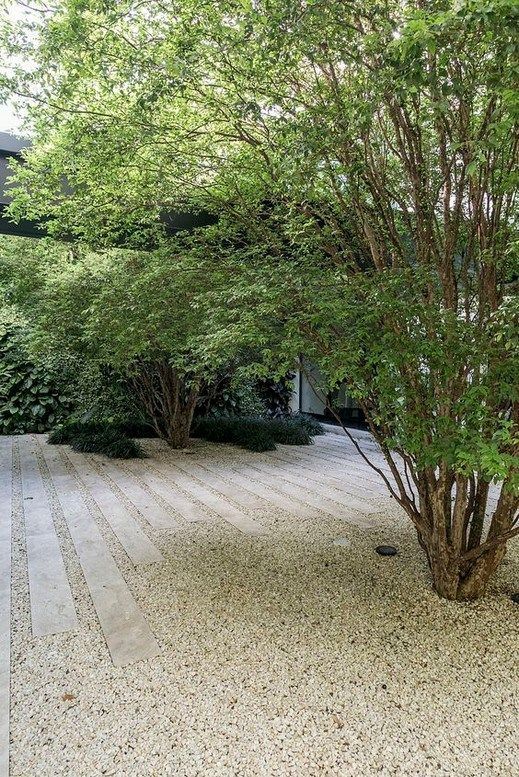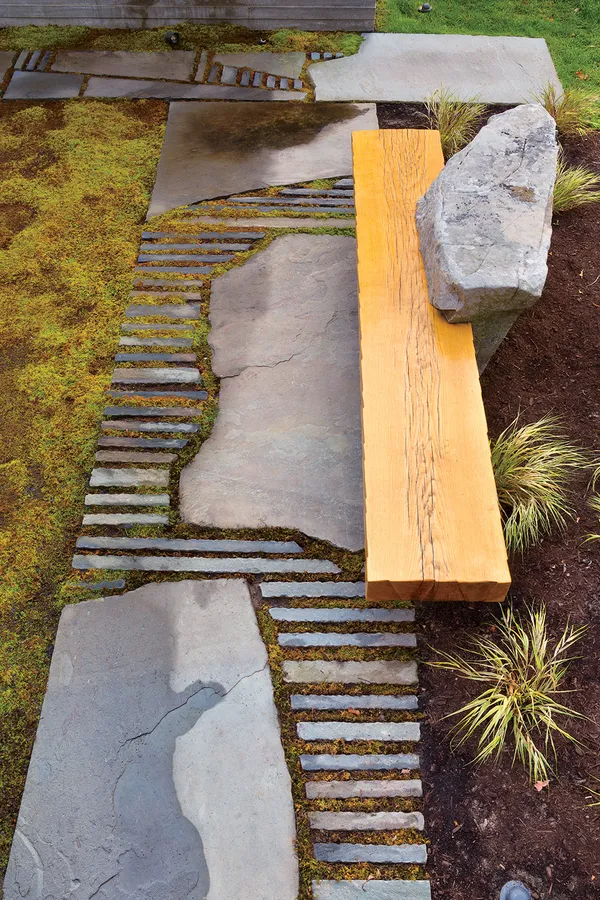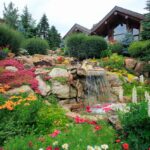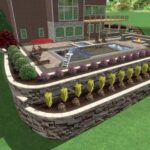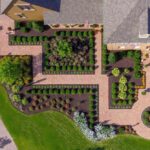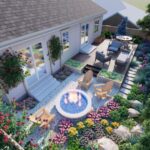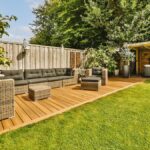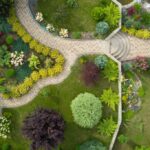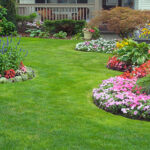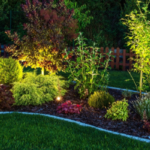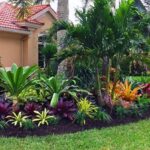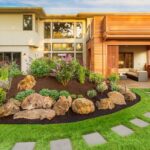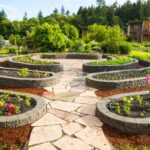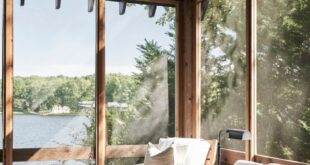Landscape design is an important aspect of creating visually appealing and functional outdoor spaces. It involves the careful planning and arrangement of various elements, such as plants, hardscape features, and outdoor furniture, to create a cohesive and beautiful environment. A well-designed landscape can greatly enhance the overall aesthetics of a property and provide a relaxing and inviting outdoor space for residents and guests to enjoy.
One of the key considerations in landscape design is the selection and arrangement of plants. A variety of trees, shrubs, flowers, and other greenery can be used to create a lush and vibrant landscape. Plants can be chosen for their color, texture, size, and seasonal interest, and can be arranged in different ways to create visual interest and focal points within the landscape. Plants also play a crucial role in creating privacy, providing shade, and attracting wildlife to the garden.
In addition to plants, hardscape features such as patios, walkways, retaining walls, and water features are important elements of landscape design. These features can add structure, functionality, and aesthetic appeal to outdoor spaces. The materials used for hardscape features, such as stone, wood, and concrete, should be selected to complement the overall design of the landscape and to withstand the local climate and environmental conditions.
Another important aspect of landscape design is the consideration of outdoor furniture and accessories. Comfortable seating areas, dining spaces, and outdoor kitchens can enhance the functionality and enjoyment of outdoor spaces. Well-placed furniture and accessories, such as fire pits, sculptures, and lighting fixtures, can also add a touch of personality and style to the landscape.
Proper planning and execution are essential for successful landscape design. Designers need to carefully consider factors such as the site’s topography, soil conditions, climate, and sun exposure when creating a landscape plan. Designers also need to consider the maintenance requirements of the plants and features used in the design, to ensure that the landscape remains healthy and attractive over time.
Overall, landscape design is a blend of art and science that aims to create beautiful, functional, and sustainable outdoor spaces. By carefully selecting and arranging plants, hardscape features, and outdoor furniture, designers can transform a mundane outdoor space into a unique and inviting landscape that reflects the needs and preferences of the property owner. Good landscape design can not only enhance the visual appeal of a property but also improve its overall value and provide a peaceful and enjoyable outdoor retreat for years to come.
